Ⅰ. Motivation
Ⅱ. The reason of solution for obesity at the government level
Ⅲ. Obesity rate and related twrend in US
1. adult obesity and overweight rates
2. child and youth obesity and overweight rates
3. obesity and poverty
Ⅳ. Obesity policy in US
1. Price Policy - Fat tax policy
1) The concept of Fat tax
2) Fat Tax Policy in US
3) Effect of Fat Tax
① Previous work
② The effect of fat tax according to income, education, and age level
ⅰ) Income level
ⅱ) Education level
ⅲ) Age level
2. Non-price policy - Labeling, Education
1) The concept of Non-price policy
① The concept of labeling
② The concept of Education
2) Non-price policy in US
① Labeling policy in US
② Education policy in US
3) Effect of Non-price policy
① The effect of labeling policy according to income, education, and age level
ⅰ) Income level
ⅱ) Education level
ⅲ) Age level
② The effect of education policy according to income, education, and age level
ⅰ) Income level
ⅱ) Education level
ⅲ) Age level
3. conclusion
Ⅴ. Implication to Korea
Ⅵ. Conclusion
Ⅶ. Reference
① Labeling policy in US
The posting of nutrition information on menus and menu boards - is a policy that more states and localities are considering each year. Supporters of nutrition labeling at fast-food and chain restaurants, including the American Medical Association, want labeling that is easy to understand and that includes the total calories, fat, saturated fat, trans fat and sodium content of menu.
According to the Yale Rudd Center for Food Policy and Obesity, 80 percent of consumers want this information. Only four states - California, Massachusetts, Maine, and Oregon - currently have laws that require the posting of nutrition information on menus and menu boards in restaurant chains. At the local level, Seattle, Philadelphia, New York City, Nashville, and San Francisco have menu labeling provisions in place.
States that passed legislation between June 1, 2008 and July 1, 2009, California became the first state to enact statewide menu labeling legislation in September 2008. The law requires restaurants with 20 or more locations in the state to disclose calorie and nutrition information in a clear and conspicuous manner beginning July 1, 2009. After January 1, 2011, they must post calorie content information for standard menu items directly on menus or menu boards.
Maine enacted legislation requiring that a chain restaurant must state on a food display tag, menu, or menu board the total amount of calories per serving of each food and beverage item listed for sale Massachusetts law requires restaurant chains with 20 more in-state locations to post calorie counts next to each item on their menus or menu boards, including menus at thru windows. The May 2009 move by the Massachusetts Public Health Council takes effect November 1, 2010.
Oregon requires chain restaurants using a menu or menu board to include a statement of the total calories for each the menu items listed. The total calorie
Ⅶ. Reference
․ Could targeted food taxes improve health?, Oliver Mytton, 11 November 2006
․ Empirical estimates of the impact of a fat tax, Rachel Griffith, IFS and UCL, May 7, 2009
․ F as in Fat: HOW OBESITY POLICIES ARE FAILING IN AMERICA, Robert wood johnson foundation, July 2009
․ F as in Fat: HOW OBESITY POLICIES ARE FAILING IN AMERICA, Robert wood johnson foundation, August 2008



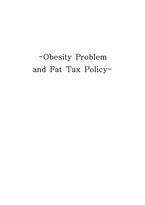
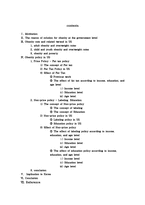
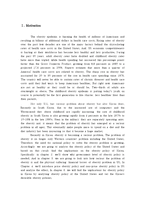
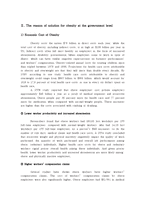
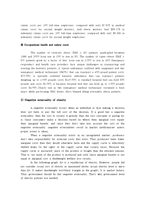
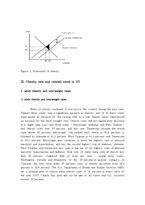
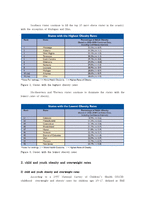
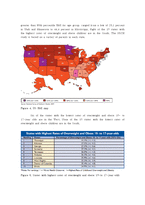
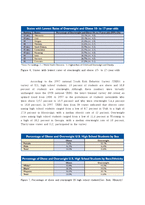
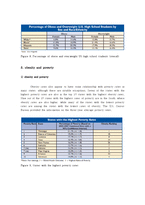


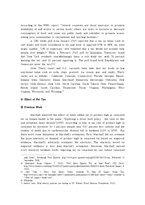

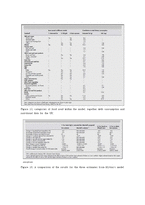
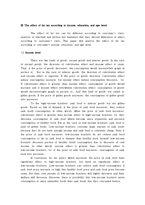
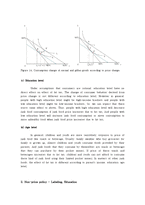
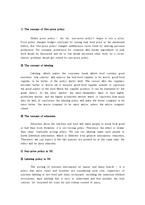

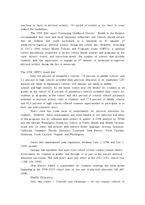
 분야
분야


